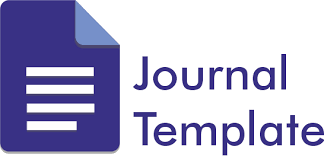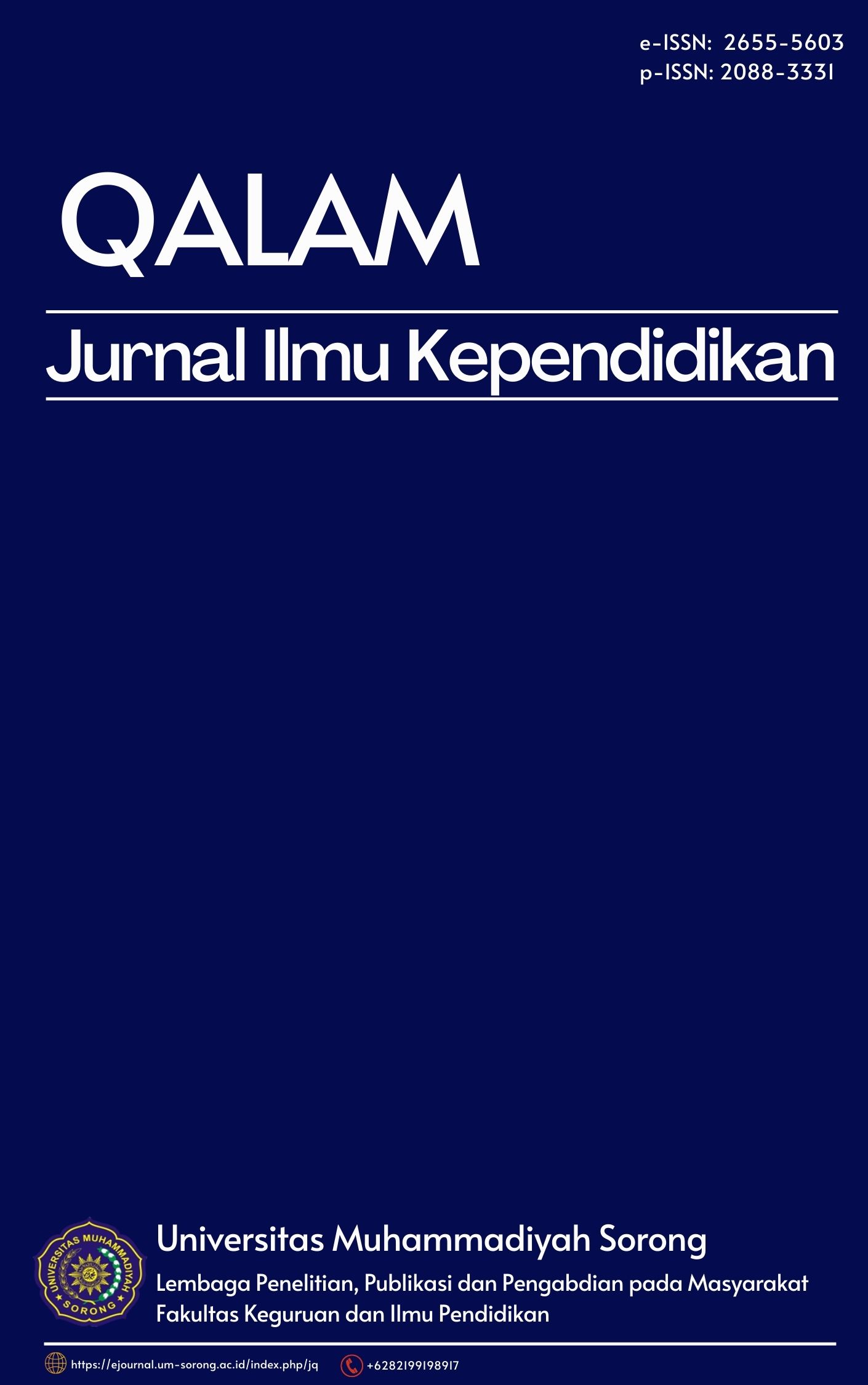Enhancing Students’ Oral Communication By Using Communicative Language Teaching (CLT)
DOI:
https://doi.org/10.33506/jq.v8i1.469Keywords:
Communicative Language Teaching, Oral CommunicationAbstract
This article aims at providing students’ oral communication in speaking class. There were two specific purposes to gain the data namely to find out the effects of Communicative Language Teaching (CLT) in teaching oral communication especially in speaking ability and to disclose the responses of students in the learning process by using Communicative Language Teaching (CLT). In order to obtain the comprehensive data, the writers used performance test and questionnaire with 32 respondents on speaking class. This research was applied in quantitative method. The writers used the design of interact group comparison. The result showed that there was a significant effect on the use of CLT approach. It was proven that t observation was bigger than  t table; t observation was 2.98 while t table was 2.021 (2.98> 2.021). Most of the students  agreed if CLT was applied in teaching-learning activites, especially in speaking class because it could help them in improving their ability in oral communication. The results of their opinion towards the application of CLT were expressed by chosing option 4 (agree) and 5 (strongly agree) in every indicator. For indicator 1 and 10, students tent to choose option 5 (strongly agree) with the percentage of 56.3 and the mean of 2.8. In indicator 2 and 4, the students tent to choose option 5 with the percentage of 59.4 and the mean of 3.0. In indicator 3 and 7, the students tent to choose option 4 (agree) with the percentage of 62.5, and mean score of 2.5. For indicator 5 and 6, the students chose option 5 with the percentage of 50.0 and mean score of 2.5. For indicator 8 and 9, most of the students tent to choose option 5 (strongly agree). The percentage and mean score were different. In indicator 8, the percentage was 56.3 with the mean score of 2.3 whereas in indicator 9, the percentage was 68.8 which the mean score of 2.8 more of the respondents were strongly agree with the application of CLT approach in speaking class. It made the students interestend in following speaking class and the students have confidence to speak with other friend or lecturer inside or outside the classroom.
References
Akib, R. (2018). First Language Interference in English Speaking Performance of University Students of Muhammadiyah Sorong (UMS). Qalam: Jurnal Ilmu Kependidikan, 6(1), 22-32.
Amaliyah, R., Akib, M., & Hartanti, R. (2018). The Use Of Group Investigation Method To Improve Students’ Speaking Ability At English Department Of Sorong Muhammadiyah University. Qalam: Jurnal Ilmu Kependidikan, 6(2), 24-31.
Arikunto, Suharsimi. (1998). Prosedur Penelitian: Suatu Pendekatan Praktek. Edisi: Revisi IV. Jakarta: Rineke Cipta.
Clark, H.H, and Clark, Ave V. (1977). Psychology and Language: An Introduction to Psycholinguistics. New York: Harcourt Brace Jovanovich, Inc.
Harmer, J. (1994). The Practice of English Language Teaching. Cambridge: Cambridge: University Press
Hornby, A. S. (1984). Oxford Advanced Learner’s Dictionary of Current English. Oxford University Press.
Laddo, R. (1961). Language Teaching: Teaching Contribution and Use of Foreign Language Test. London: Longman Group Lomitid.
Illeris, 2000; Ormorod,( 1995). Developing Communicative Proficiency in the English as a Foreign Language Class. Jakarta: Depdikbud P2LPTK.
Nunan, D. (1989). Designing Tasks for the Communicative Classroom. Cambridge: Cambridge: University.
Ridchard, J.C and Rodgers, T.S (1986). Approaches and Methods in Language Teaching. Cambridge: Cambridge University Press.
Saputra, D. (2018). Developing Students’ Vocabulary Mastery through Video Game. Qalam: Jurnal Ilmu Kependidikan, 6(1), 47-54.
Sugiyono. (2009). Metode Penelitian Kuantitatif dan R & D. Bandung: Alfabeta.
Downloads
Published
How to Cite
Issue
Section
License
The article copyright is owned by the author and Qalam: Jurnal Ilmu Kependidikan

This work is licensed under a Creative Commons Attribution-ShareAlike 4.0 International License.




